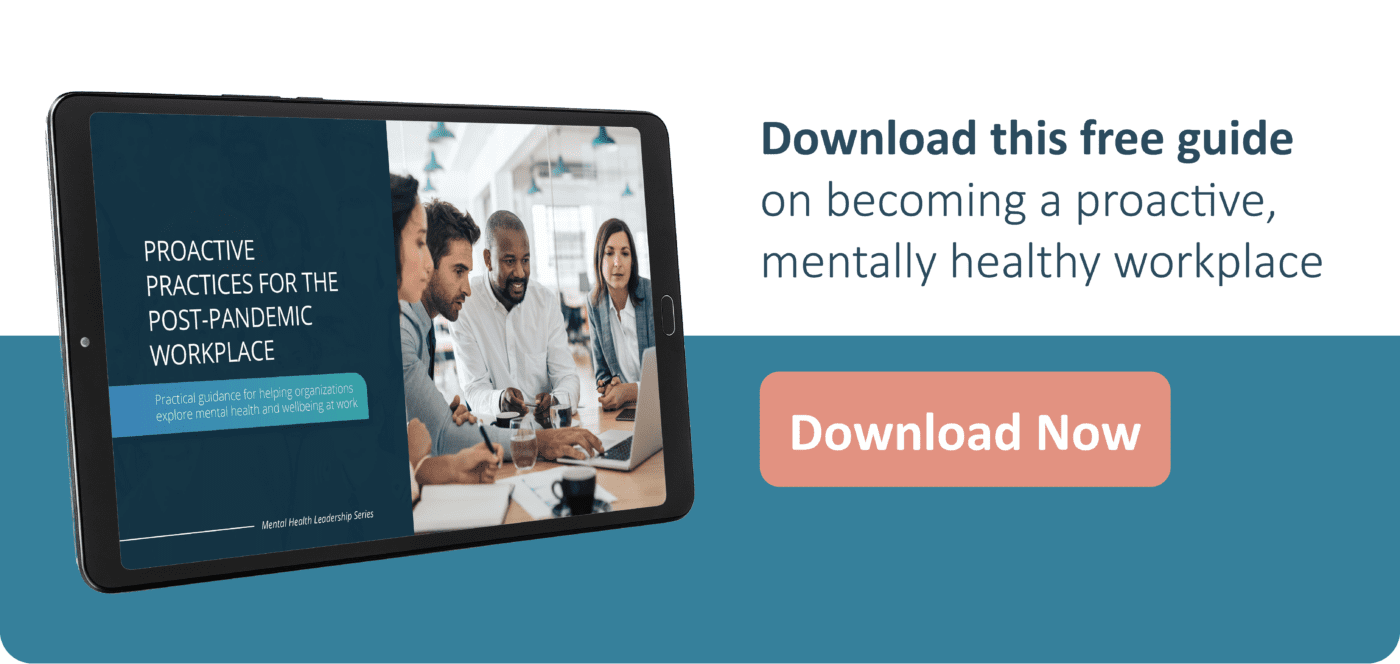Organizations need to cater to their employees’ wellbeing to improve work performance and reduce physical, mental and monetary costs. Organizing wellness programs can help obtain feedback on the social, emotional, physical, spiritual, and intellectual wellbeing of employees. Some of the important benefits of promptly understanding the wellbeing of employees include:
1. Improves work performance
An understanding of employee’s wellbeing helps organizations formulate better methods of improving motivation in the workplace. Employees tend to develop positive behaviors and mindsets when they are motivated. This has an inherent effect on the firm’s productivity as its overall output is increased.
Happy workers are 13% more productive, suggesting that employees have better working relationships with their colleagues when their wellbeing is made a priority. As a result, fewer conflicts will arise, employees will increase productivity, and the workplace will become more friendly and accommodating.
Understanding employee’s wellbeing early can promote an overall better work environment and culture. An increase in work performance is evident when the workplace encompasses friendships and understanding.
2. Reduce absenteeism
Absenteeism in the workplace is when an employee stays absent from work without cause. Absenteeism can have a negative effect on productivity, company costs, profits and team morale. Chronic Absenteeism is where employees miss workdays regularly due to illnesses and mental health reasons.
EAPs help employees improve work performance with a 69.2% reduction in absenteeism. Therefore, employers should organize wellbeing programs with a focus on decreasing physical and mental illnesses incurred from work. This can reduce absenteeism and associated costs incurred from absenteeism by providing a supportive work environment for employees.
3. Reduces presenteeism
Presenteeism is where an employee is present at work but due to a physical illness, mental illness or other reason they are not functioning to their full capabilities. Consequentially, presenteeism is more difficult to identify than absenteeism, as the employee is still physically at work. Presenteeism can contribute to lost productivity of one third or more, where it can affect an employees quality and quantity of work they are producing.
Employees reported a 22.8% reduction in presenteeism after utilizing an EAP. Therefore, an Employee Assistance Program is a useful resource to use to reduce presenteeism in the workplace and improve employee well-being.
4. Reduces retention and new employee training costs
One of the economic benefits associated with having an early understanding of employee’s wellbeing is the reduced business costs that stem from employee turnover. Employers can gain insight into their staff wellbeing by organizing wellness programs and by providing constructive feedback in the approach that is appropriate to the individuals learning style. The different types of feedback include informal feedback, formal feedback, formative feedback, summative feedback, student peer feedback, student self-feedback and constructive feedback. They should be used for different purposes to be received appropriately by the employee.
Wellbeing programs can show that employers have their best interests at heart. This has a positive effect on the employee’s morale and self-worth, improving productivity, team collaborations and reducing turnovers.
Consequently, the employee feels more valued and develops better relationships with co-workers. This can improve communication, understanding, and respect among employees. The implication is that there are fewer workplace conflicts and increased morale amongst employees.
If you’re interested in seeing some of these organizational improvements and want to learn more about what steps you need to take to achieve them, we can help. Our whitepaper, Proactive Practices in the Post-Pandemic Workplace, offers practical and proactive practices on how to empower people, managers, and teams in order to improve mental health and improve access to care at your company.
Note: This article has been updated on 05/19/2025 to include new information and/or procedures for 2025.






